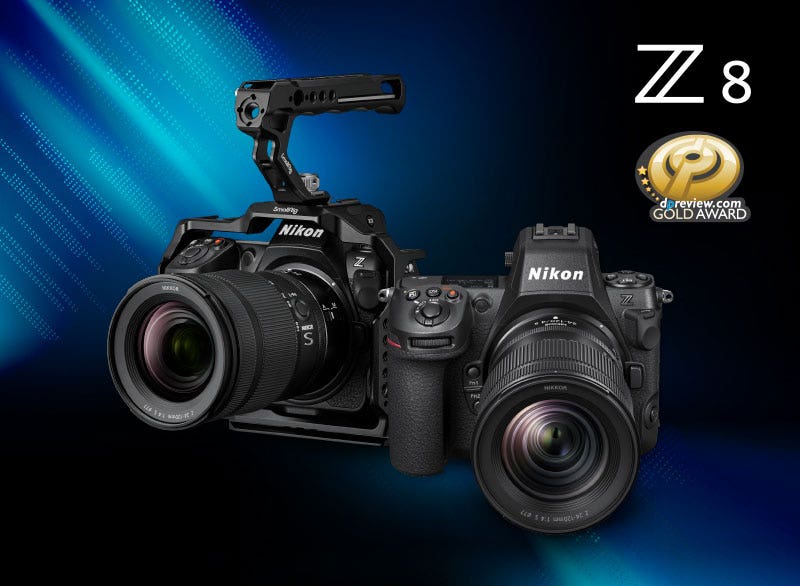Nikon Asia and its corporate websites and external third-party partners use cookies to improve our website and enhance your user experience. We use analytic cookies and marketing cookies to learn from user information, personalise advertisements and measure their effectiveness. These cookies track information such as how users navigate and use our website, users' analytics, and data on users' purchases. By clicking on "Accept Cookies" or continuing to browse without changing your settings, you agree and consent to the use of cookies by this website. For more information, please view our Privacy Policy
Superb f/1.4, wide-angle prime lens for serious photographers.
The exceptional AF-S NIKKOR 24mm f/1.4G ED combines compelling wide-angle perspective with an ultra-fast f/1.4 aperture to serve the needs of demanding professionals in challenging conditions. Natural wide angle view, extreme light gathering capability and the latest Nikon lens technologies deliver extraordinary performance to meet a broad range of challenging assignments.


Brilliant in any light
The f/1.4 aperture advantage
The AF-S NIKKOR 24mm f/1.4G ED excels in low-light settings for new and exciting shooting opportunities. Nikon’s Extra-low Dispersion (ED) glass ensures sharpness and contrast even at larger apertures, and an exclusive Nano Crystal Coating (N) reduces the lens flare and ghosting typically seen with wide-angle lenses.


Highly advanced optics
Nikon technology for superior imaging
The outstanding capabilities and superlative performance of the AF-S NIKKOR 24mm f/1.4 are the result of Nikon’s latest advances in professional imaging. Optimised for FX-format cameras but equally powerful on DX-format cameras, the AF-S NIKKOR 24mm f/1.4G ED unleashes the full potential of advanced D-SLRs.
Technology


sAspherical Lens
A lens with a curved, non-spherical surface. Used to reduce aberrations and enable a more compact lens size. Aspherical lenses minimise coma and other types of lens aberrations, even when used at the widest aperture. They are particularly useful in correcting distortion in wide-angle lenses and help contribute to a lighter, more compact design by reducing the number of standard (spherical) elements necessary. Aspherical lens elements correct these distortions by continuously changing the refractive index from the centre of the lens.


Rear Focusing System
A system in which only the rear lens group moves during focusing, thus eliminating changes in the physical length of the lens during focusing and enabling faster focusing. Such lenses are designated with RF on the lens barrel.


ED (Extra-Low Dispersion) Glass
An optical glass developed by Nikon that is used with normal optical glass in telephoto lenses to obtain optimum correction of chromatic aberrations.


M/A
Select NIKKOR lenses have a focusing mode which allows switching from automatic to manual focusing with virtually no lag time by simply turning the focusing ring on the lens. This makes it possible to seamlessly switch to fine manual focusing while looking through the viewfinder.


Silent Wave Motor
AF-S NIKKOR lenses feature Nikon’s Silent Wave Motor (SWM). This technology converts “traveling waves” into rotational energy to focus the optics. This enables high-speed autofocusing that's extremely accurate and super quiet.


Nano Crystal Coat
An anti-reflective coating developed by Nikon that virtually eliminates internal lens element reflections across a wide range of wavelengths. Nano Crystal Coat uses ultrafine, nano-sized* crystal particles to eliminate reflections inside the lens throughout the spectrum of visible light waves (380 to 780 nm) in ways that far exceed the limits of conventional antireflection coating systems. Nano Crystal Coat not only solves ghost effects caused by red light, which was incredibly difficult for previous systems. It also effectively reduces ghost and flare effects caused by light entering the lens diagonally. The result: clearer images.
LCD, Video and Photo Gallery images are for illustrative purposes only.

